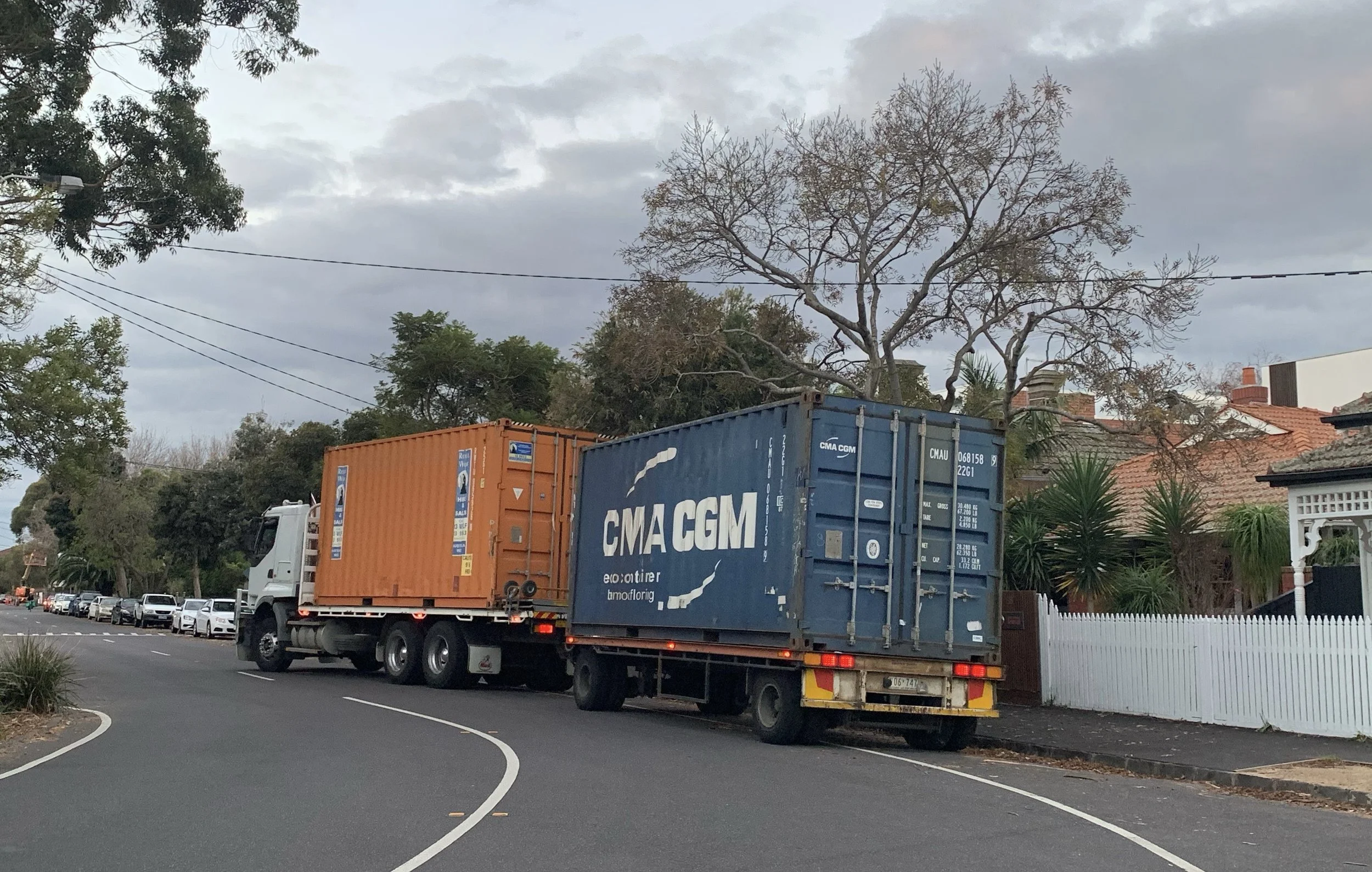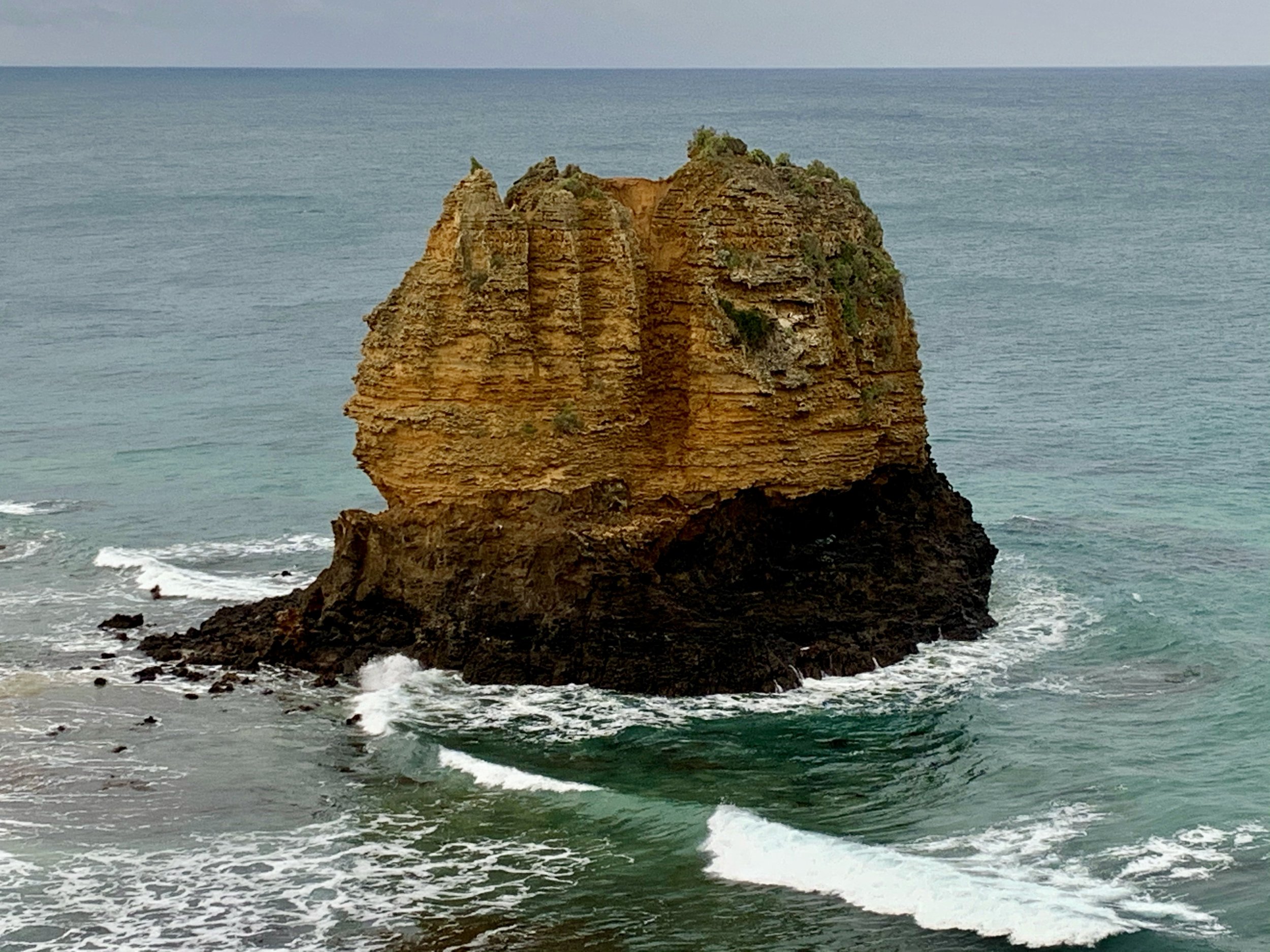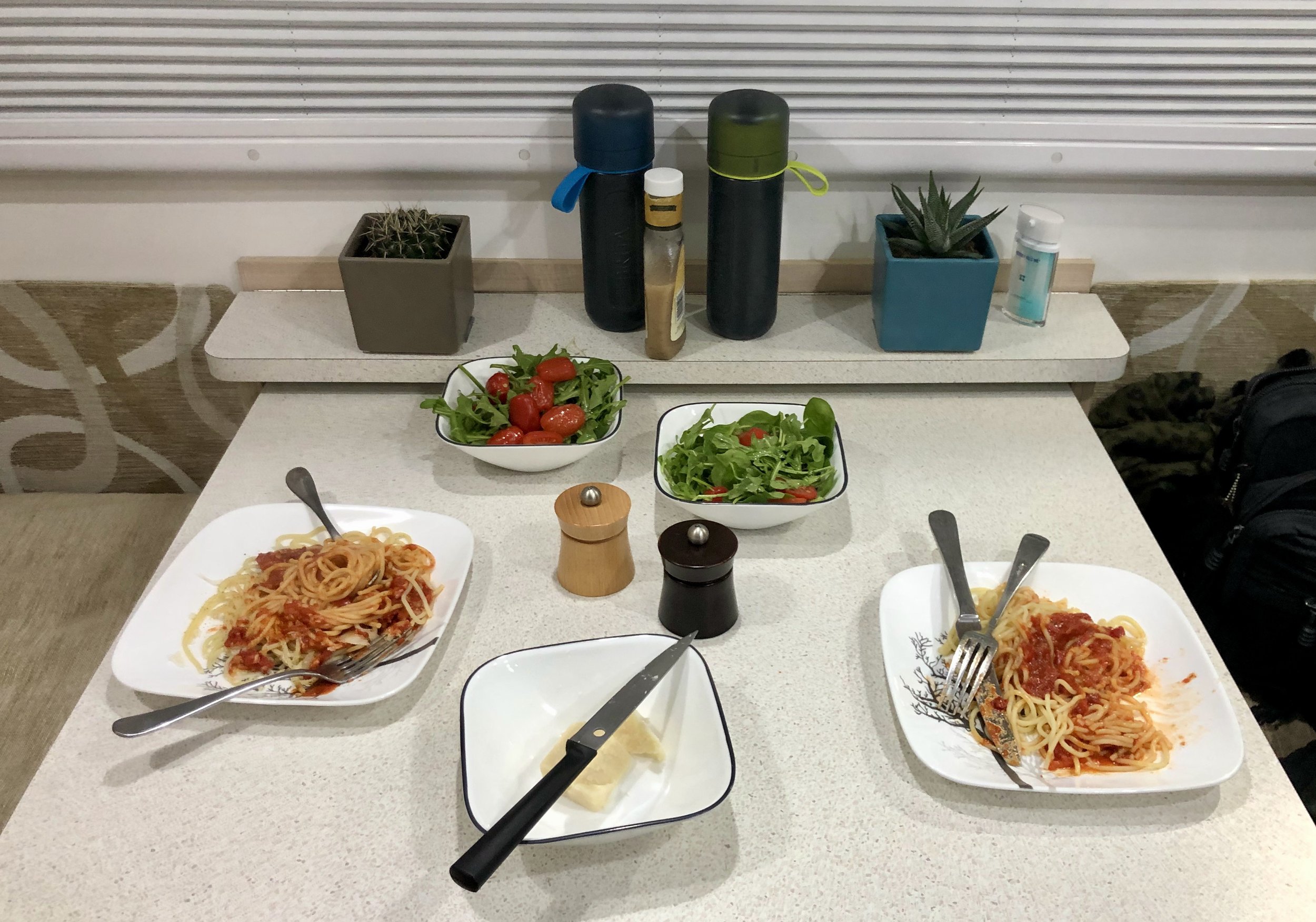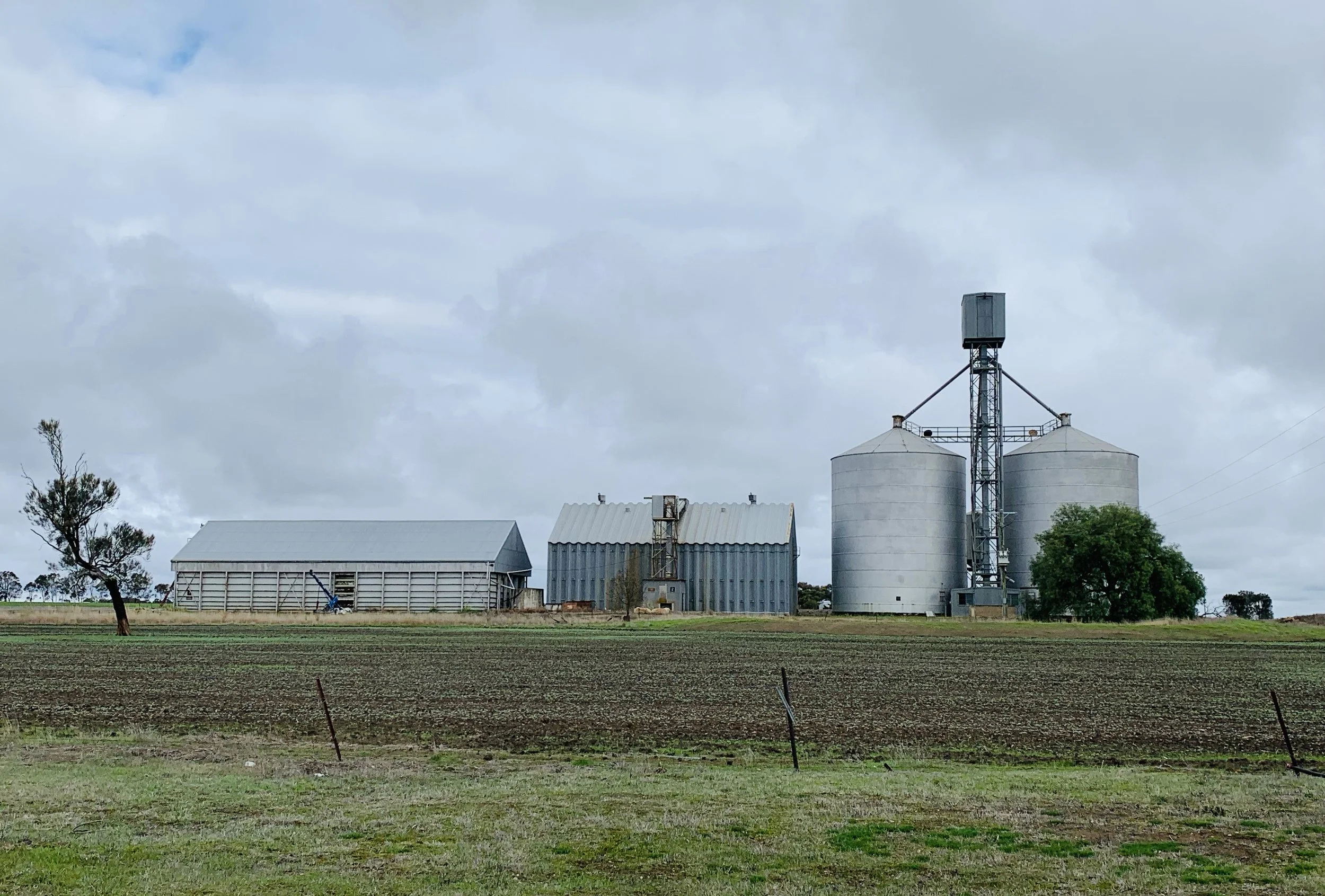The leaving
Once again, I was watching all our belongings receding into the distance. I couldn’t look away until the container truck turned a corner and was gone. When Will I See You Again played softly in the background of my mind. I may have even hummed a few bars.
Leavings can be tinged with a cocktail of emotions: anticipation, excitement, hope, trepidation, regret. I shall misquote Shakespeare and reflect that departing is such sweet sorrow.
We were pleased and relieved to be leaving St Kilda after weeks of uncertainty, but it meant we were homeless, which took a while to sink in. The prospect of touring in a van for months was exciting, but what if the plan went awry? Why dwell on improbables, my friend would say.
So bye-bye Melbourne, hello Torquay. Next morning, 22 May, The Van arrived in Torquay from Sydney. It looked huge; tall and wide; but solid and heavy, not flimsy like a caravan. How am I going to drive without a rear-view mirror in the cab, was my first question, but I kept it to myself. By totally depending on the big, sticky-outy wing mirrors, was the answer, of course. This is going to be a steep learning curve, I thought.
A few days later we were in lockdown in a family bubble and couldn’t go anywhere except for essentials. The first of June was day 5 of lockdown and the start of winter. Australia, like the US, uses the first of the month for seasons rather than solstices and equinoxes. Diary entries at this time say ‘Cold, cold, cold’; and ‘Outbacking in winter was such a good idea in northern Aus, but I’m really wondering about this trip’. We made use of the time to have roo whistles fitted on The Van; get used to driving it; and deciding what to pack and what to jettison. I checked daytime temps in places such as Geraldton and Carnarvon in WA: they were mid-teens at most.
Roo whistles are small devices fitted either side of the front of a vehicle. They emit a high-pitched tone as air passes through them. We noticed most kangaroos looked startled by our approach, then bounded off PDQ, but there is no proof that whistles work. I’m pleased to report that we didn’t kill any wildlife on our journey, but the yearly death toll of animals on Australian roads is horrific. The amount of roadkill we saw was deeply disturbing. You have to harden your heart or turn around and go home. Fortunately, I never spotted movement, otherwise we’d have had to have stopped. I’ll spare you the details of what to carry in the back of the car, just in case. Needless to say, most drivers don’t.
By 15 June covid cases were rising, and a bad cold was preventing me from getting a second vax. Entry into South Australia was still possible for regional Victorians: fortunately we had already changed our address from St Kilda to Torquay otherwise we’d have been stuffed. Meanwhile, we explored and continued to prepare.
There was a fine start to Tuesday 22 June, Day 1 of #fbt2021, Torquay to Horsham. Finally, we were on our way, on the Ballarat road from Geelong. We somehow took a wrong turn after a toilet stop, ending up on a narrow road with uneven edges but plenty of 100km/hr semi-trailers careening along. We did spot brolgas, however, in Lake Goldsmith Wildlife Reserve.
Almost 300km from the Surf Coast, our destination was Wimmera Lakes campsite south of Horsham. There was noise 24/7 from a main road right by the site but we were dog-tired. My friend cooked pasta for our first supper. Later we were in for a pleasant surprise – the bed was comfortable!
Brolga by a wetland













